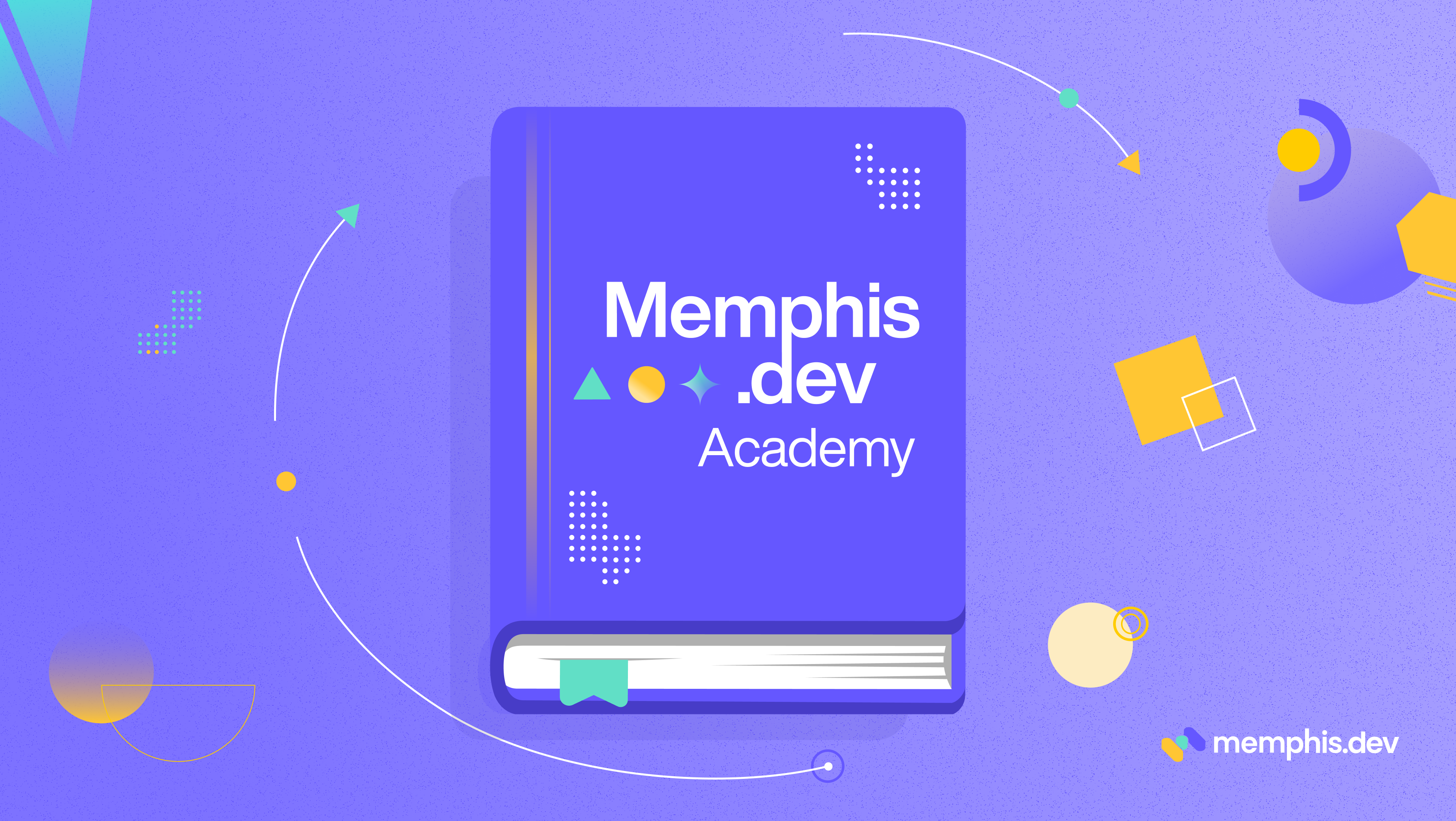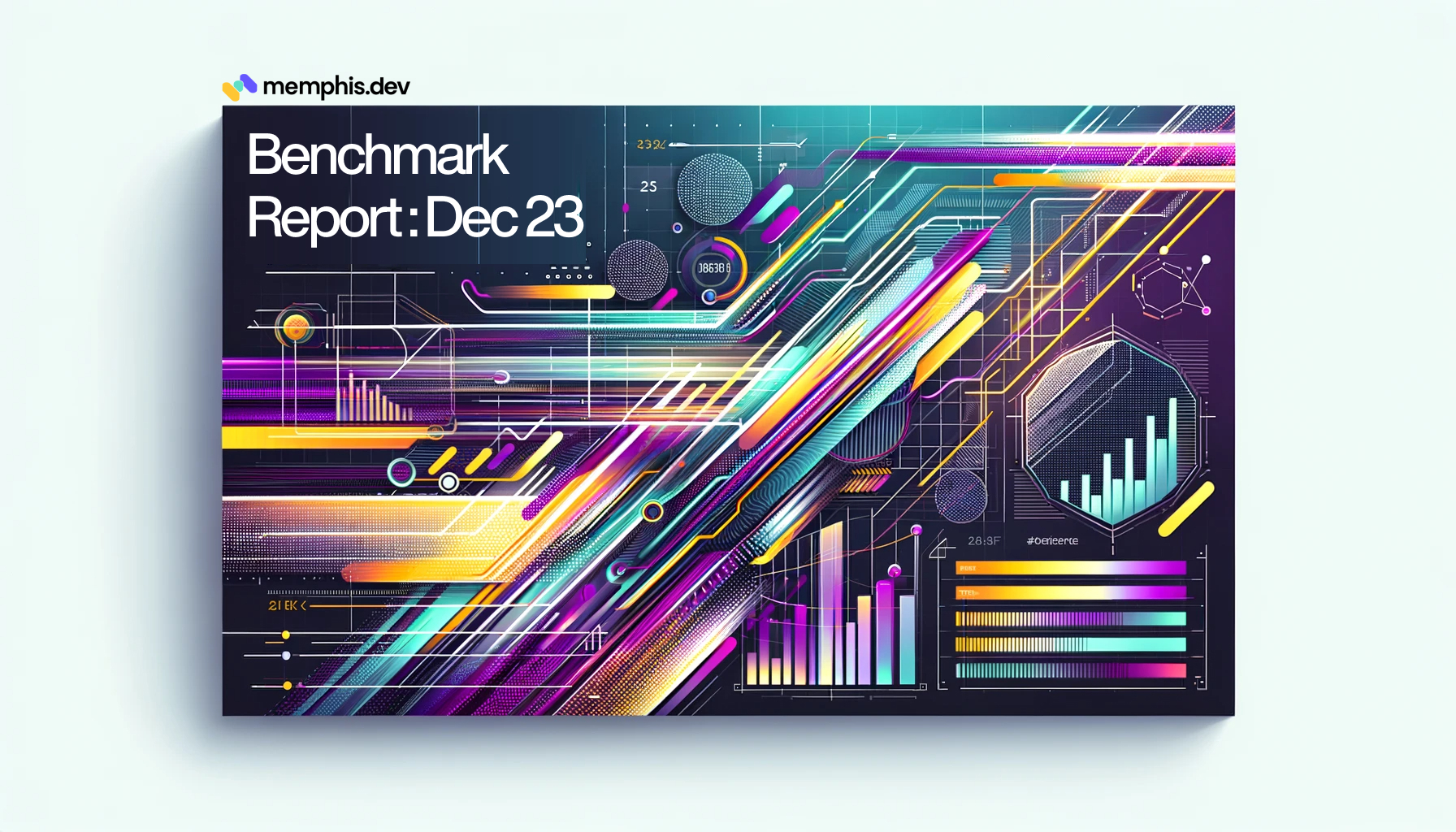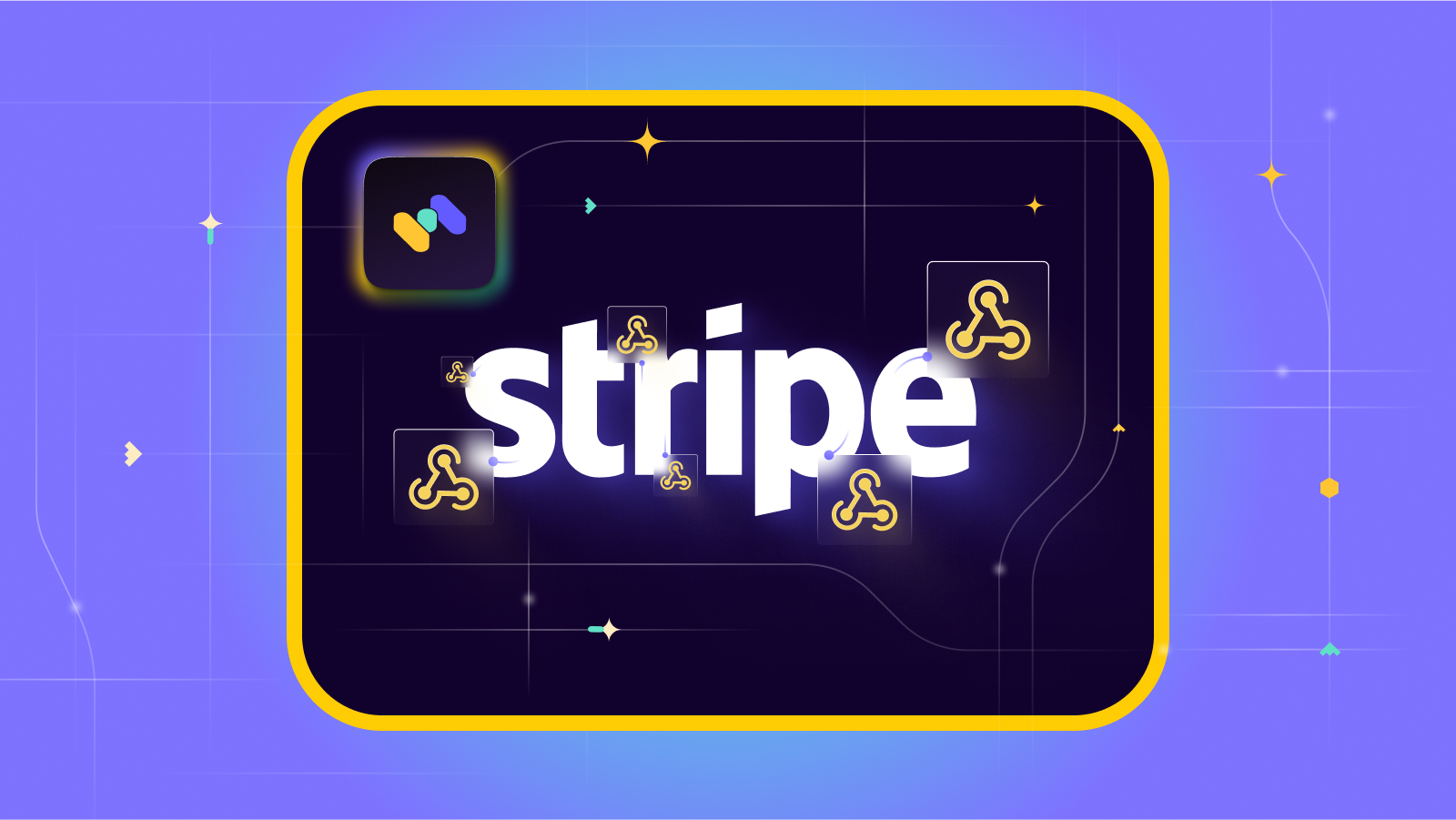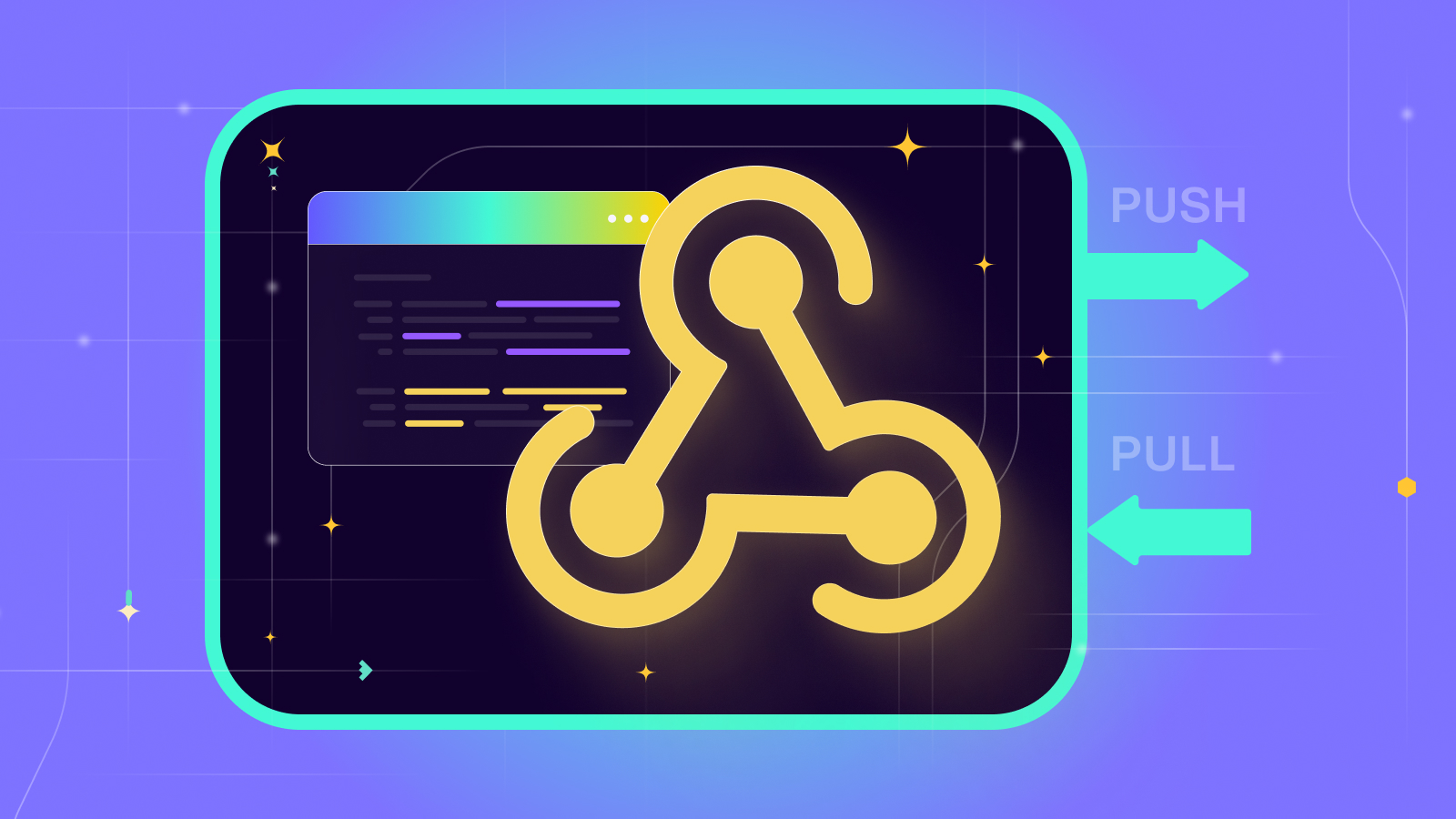GraphQL vs SQL: Differences, Similarities, and Why to Use Them
 Contents
Contents
Querying data from databases has only been possible thanks to query languages such as SQL, GraphQL, FQL, HTSQL, Oracle PL/SQL, RDQL, etc. There are a handful of query languages available for the developer to make data requests from databases.
GraphQL is a query language specifically built for APIs.
In this article, you will be introduced to what SQL is, what GraphQL is, their differences and similarities, the advantage of one over the other, and finally, you will read about some reasons why you should use one over the other in your next project.
What is SQL?
SQL stands for Structured Query Language. It builds, stores, and processes data in relational or tabular databases. Information stored in relational databases is in tabular form, with rows and columns representing different data attributes and the various relationships between the data values.
SQL is one of the most popular query languages of choice.
What is GraphQL?
GraphQL is a frontend-directed API technology. It allows front-end developers to request data in a simpler way than ever before. Introduced by Facebook, the objective of this query language is to formulate client applications formed on instinctive and adjustable format, for portraying their data prerequisites as well as interactions.
An open-source data query and manipulation language for APIs (Application Programming Interfaces) that lives between a client application and a server. It is used as an API endpoint that allows you, as the frontend developer, to fetch exactly the information you need with the least number of requests to the server, and basically stop waiting for the backend teams to build another endpoint.
Why Use GraphQL in Your Application?
- GraphQL is a great choice for applications that need multiple requests to fetch co-related information.
- With GraphQL, you clearly define data types that, in turn, decrease confusion between the client and the server.
- In a GraphQL-driven application, the client can only make a single query and receive a response with the data it requires delivered consistently, thereby reducing the number of network calls and their sizes.
- Using GraphQL sets a single source of truth for data fetching in your application.

FAQ
Is SQL Related to GraphQL?
SQL is not the same as GraphQL, and they are not directly related. GraphQL is an abstraction to SQL, not an alternative nor a replacement.
Is GraphQL better, or can it be an alternative to SQL?
No. Both are used for different purposes.
Is GraphQL a database language like SQL?
No, GraphQL is a query language used for remote client-server communications.
Does GraphQL generate SQL?
Partially. The abstraction of GQL and processing will eventually query the database using SQL.
How does GraphQL relate to Memphis.dev?
In case your services and apps communicate with each other in an async manner, you probably use gRPC or a messaging queue/message broker. Memphis.dev is a next-generation alternative to traditional message brokers, and among its capabilities, Memphis.dev has built Schemaverse that provides robust schema enforcement and management to enforce the structure of moving messages between clients.
Among Schemaverse supported formats (JSON, Protobuf, Avro), you can find GraphQL, which enables you to enforce schemas over clients using GraphQL.
Memphis Schemaverse with GraphQL creates a powerful combination and code alignment between the native approach of front-back communication using REST to the async workloads with a message broker.



